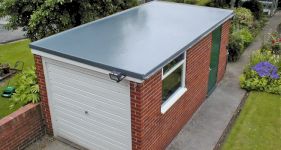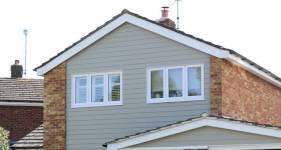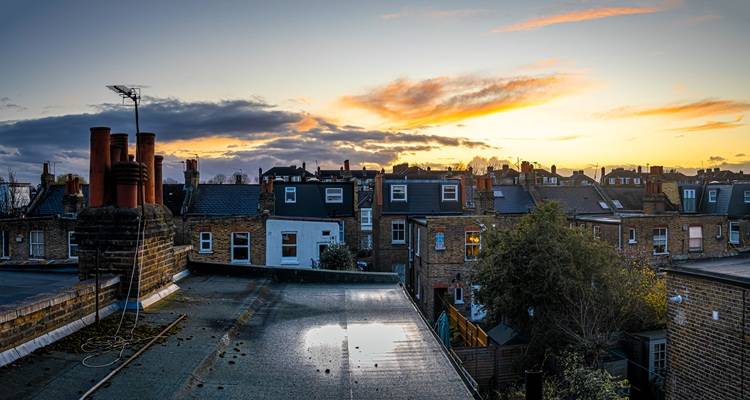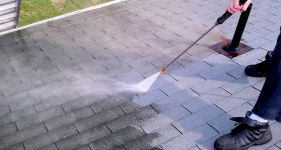Roof Repair Guide
Are you looking for information on roof repairs?
In this roof repair guide, we will go over everything you need to know about roofing repairs, including:
- The different types of roof repair, and how to identify problems with your roof
- The cost of repairing a roof, from major to minor fixes
- How to clean and maintain your roof
So, what's the average cost of roof maintenance? Most residential roof repairs cost £530.
These costs can vary depending on the scale of the problem, ease of access, and your roofing material.
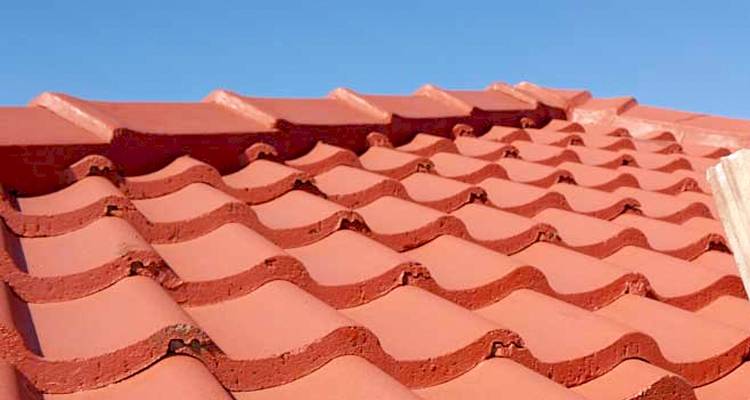
Table of Contents
- What is a Roof Repair?
- Types of Roof Repairs
- What Are the Pros and Cons of Repairing a Roof?
- How Much Do Roof Repairs Cost?
- How to Repair a Roof
- How Long Does It Take to Repair a Roof?
- Building Regulations or Planning Permission Approval for Roof Repairs
- How to Clean and Maintain a Roof
- Questions to Ask When Hiring a Roof Repair Specialist
- FAQs
What is a Roof Repair?
Several things can go wrong with the roof on your home, including:
- Leaking roof
- Weather damage
- Broken roof tiles
A roof repair involves identifying these issues, then performing the appropriate repairs needed so that the roof is in good condition.
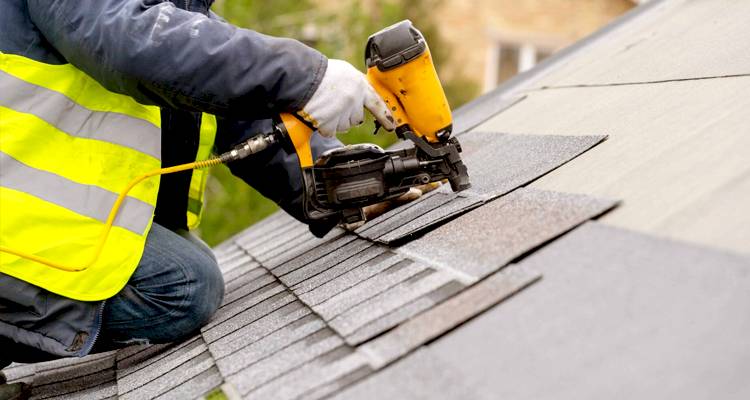
Types of Roof Repairs
Depending on your exact roofing issue, the repair method will differ, as well as the roofing repair price.
To put that into context, here's some of the most common roof repairs, what's involved with each one, and their costs:
Roof Valley Repair
What's a roof valley?
The roof valley is the part of the roof where the two slopes meet. This part of the roof joins the whole roof together, and is also designed to shift rainwater downwards towards the gutter.
The roof valley is the first point of contact for rain, and it has to deal with a lot of water. Over time, the roof valley can suffer from wear and tear, and this can result in leaks.
Repairing a roof valley involves replacing cement or re-using the existing valley flashing after the leak has been dealt with.
The average cost of replacing a roof valley is £540, and takes 5 to 8 hours to complete.
Pros
- ✔ Stops current leaks, and can help to prevent further leaking
- ✔ Once complete, the repair protects the home from water damage
Cons
- ✖ If you need to replace the whole valley, it can be expensive
- ✖ Additional underlying issues may be revealed during the work, leading to more roofing-related repair costs
Flat Roof Repair
What's the main concern with flat roofs?
Flat roofs are more prone to developing leaks, as there is nowhere for the water to drain off them. This means that water collects on the roof, damaging it.
If your home was built before the 1990s and features a flat roof, then it may be prone to leaking over time.
However, the quality of flat roofs has improved immensely compared to older flat roofs.
Flat roof repair costs vary depending on your roof's material:
- Felt flat roof - £80 to £120 per m²
- Rubber flat roof - £110 to £160 per m²
- Fibreglass flat roof - £120 to £180 per m²
Pros
- ✔ Quick and cost-effective to repair compared to pitched roofs
- ✔ Minimal disruption while repairs are being carried out
Cons
- ✖ Flat roofs have inherent drainage issues, and long-term drainage issues might not be resolved
- ✖ Repairs may mask deeper structural issues
Roof Tile Replacement
Are one or two broken roof tiles a problem?
Yes - even if just one of your roof tiles is broken or missing, it's something you should get fixed right away. A broken roof tile can break away and fall from the roof, resulting in injury, and without the tile, wind and rain can enter the roof, causing leaks or further damage to the surrounding roof tiles.
It's important to get roof tiles fixed as soon as you identify a problem.
The average cost of replacing 5 broken roof tiles is £215.
Pros
- ✔ Tile replacement helps to avoid further damage or injury
- ✔ Stops leaks
Cons
- ✖ It can end up costing a lot if multiple tiles need replacing
- ✖ Roofing inspection may lead to deeper structural issues being found, resulting in high costs
Sagging Roof Repair
What causes a sagging roof?
A sagging roof is usually caused by one of two things – either the materials used on the roof are weighing down on the timber frame and causing it to sag, or there is water damage to the internal structure, causing the roof to sag.
- If the issue is to do with the weight of materials, then you will need additional roofing joists installed. Roofing joists cost £350 to £600 per beam.
- If your internal structure is waterlogged, then you will need to get some parts replaced. Roof replacements are big jobs, and cost around £5,250 depending on the size of your property and the extent of the damage.
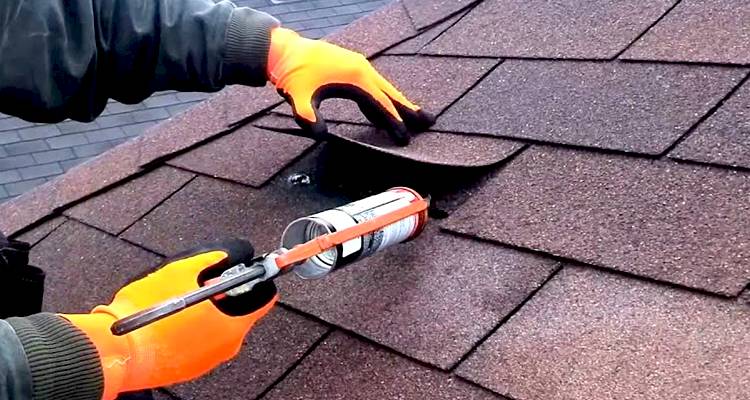
Pros
- ✔ Helps to avoid further damage
- ✔ Improves the effectiveness and appearance of the roof
Cons
- ✖ Can be a very expensive, time-consuming job
- ✖ Potential to be quite disruptive
What Are the Pros and Cons of Repairing a Roof?
There are several advantages to repairing a roof. Aside from the fact that it makes your roof much safer and improves the home's appearance, there are many advantages to choosing to repair the roof rather than completely replace it.
Although in some cases it may be better to replace the entire roof, especially if the damage is extensive, it's also sometimes better to simply repair the damage.
Below is a list of the pros and cons of repairing your roof, rather than replacing it:
Pros of Repairing a Roof
More Affordable
Many roof repairs are quite small, and won't necessarily require a complete roof replacement.
This means that small areas of the roof can be repaired, and this can end up costing much less than an entire roof replacement.
Saves Time
As well as being more affordable, roof repairs are also much less time-consuming than a full roof replacement.
Most of the common roof repairs in the UK can be completed within a day. This is much more convenient than a complete roof replacement, which could take weeks to complete.
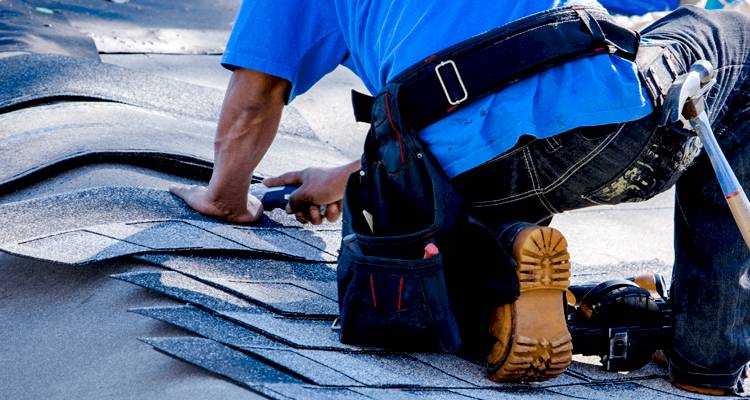
Cons of Repairing a Roof
Issues May Keep Popping Up
If your roof is particularly old, then you may start to notice wear on it. Once you've fixed one part of the roof, you may then have to repair other parts of the roof as time goes on.
If you were to get your entire roof replaced, it's much less likely that you'd need to continue to spend any money on repairs in the future.
How Much Do Roof Repairs Cost?
You may be wondering about how much a roof repair costs.
Roof repair prices will depend on the type of job:
- The cost of replacing 5 broken roof tiles is £215.
- Replacement roofing joists cost £350 to £600 per beam.
- Conservatory roof replacements cost £4,000.
- Full roof replacements can cost around £5,250.
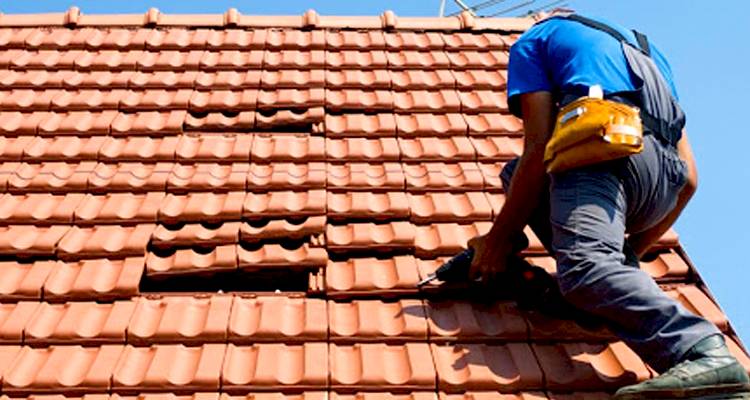
How to Repair a Roof
There are many different types of roof repair, and each one requires a different method.
Below is a step-by-step guide for some common types of roof repair:
How to Complete a Roof Felt Repair
The best way to repair your roof felt is to put a new patch of felt underneath the tear. Follow the steps below to complete a felt roof repair:
- Lift up the torn edge of the felt and spray roof sealant underneath it and on the area next to it. Give this sealant enough time to dry (check the manufacturer's instructions to see how long you need to leave it).
- Cut a matching patch of felt that is large enough to fit underneath the tear.
- Slide the new felt patch underneath the tear and stick it down firmly.
- Lift the torn part of the felt and spray sealant underneath it and on the upper surface of the next patch. Allow this sealant enough time to dry.
- Press all of the felt down and then spray sealant over all of the joints.
How to Replace a Broken Roof Tile
Sometimes you may need to replace a broken roof tile. If that is the case, follow the steps below to complete the job:
- Begin by removing the broken tile. To do this, slide away the tiles that are next to it and then tilt the broken tile sideways to separate it from the rest.
- Lift away the tiles that are underneath the broken tiles and lower them to the floor slowly and carefully. Replace the lowest course of tiles first and work your way from right to left. Lift each tile carefully and hook them together as you slide them into place.
- Once you get to the final tile in the course, lift the tiles on either side of it and wiggle the new tile into place until it hooks into position and sits correctly.
- Then, move on to the next course up. Once you get to the last tile, you'll have to raise the lower edge of the tile that sits above it. Then, slide the new tile underneath the ones on either side of it. This can be tricky, but if you wiggle it enough, it should slide into place.
How to Replace Roof Slate
If you have a slate roof, you may occasionally have to replace pieces of slate. When you replace a single piece of slate, you won't be able to nail it to the batten, so instead, you'll have to secure it using a metal strip.
Removing the broken pieces of slate can be quite tricky, and old nails may be rusty and could pull up or break. If the nails don't come up easily, you'll have to cut them with a slater's ripper. Follow the steps below to complete a slate roof repair:
- Firstly, you will need to remove the broken piece of slate. Wiggle it from side to side to loosen it. Be very careful not to allow any pieces of slate to fall from the roof as these are sharp and can be dangerous.
- Use tin snips to cut a piece of the metal strip. It should be cut to the size of the slate plus around 100mm.
- There should be a wooden batten in view between the two slates above the one that you're replacing. Hammer a galvanised clout nail into the metal strip at around 25mm from the end of it and fix this to the wooden batten.
- Slide your new piece of slate underneath the two existing slates that sit above. Make sure the bevelled edge is facing up.
- Line up the lower edge of the slate with the adjoining slates. Then, bend the metal strip up and over the bottom edge of the slate to secure it in place. Ensure that the metal strip is pressed down flat on top of the new slate.
How Long Does It Take to Repair a Roof?
How long is it going to take to repair my roof?
It can be tricky to determine a roof repair timeframe as the time it takes will not only depend on the type of roof repair, but also on the extent of the damage and the ease of access to the roof.
If there is a lot of damage and the roof is difficult to get to, the job will take much longer than average.
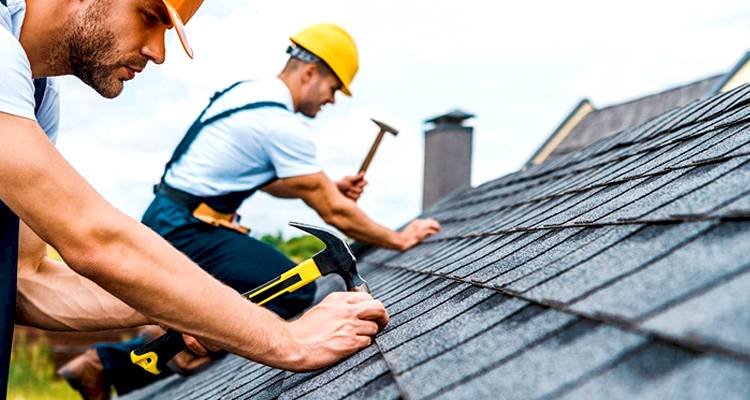
Most small roof repairs, such as changing a roof tile or a roof leak repair, can be completed within a few hours.
Larger roof repair jobs, such as full roof and roofing joist replacements, can take between 1 and 5 days.
Building Regulations or Planning Permission Approval for Roof Repairs
Building Regulations
You won't normally need Building Regulations approval if:
- You plan to repair or replace less than 50% of the total roof area.
- The work affects less than 25% of the total building envelope.
- The new roof covering is no more than 15% heavier/lighter than the original with the same fire performance.
You will normally need Building Regulations approval if you exceed the limits above or you plan to carry out structural alterations to significantly change the roof.
If you are completely replacing the roof, you will usually need building regulations approval. Like-for-like flat roof repairs may not require building regulations approval, but you would need to check with your local authority first before commencing with any work.
Planning Permission
You won't usually need to worry about planning permission regarding repairs or replacements on your roof, as it typically falls under permitted development.
However, the work must adhere to the following:
- Alterations can't be any higher than the existing highest part of the roof.
- Any alterations must not project any more than 150mm from the existing roof plane.
- Any side-facing windows must be obscured, and any openings must be 1.7m above the internal floor level.
Lastly, if you live in a listed building or a conservation area, you may need planning permission or building regulations approval. It is always best to check with your local authority before any work begins.
How to Clean and Maintain a Roof
Here's a list of things you can do to keep your roof clean and well-maintained:
Inspect the Roof Regularly
It's a good idea to inspect your roof a few times a year. This can help you to identify any potential problems early before it's too late. The harsh weather conditions over the winter period can have a negative impact on your roof.
Similarly, the summer weather can cause UV damage. With this in mind, you should aim to inspect your roof at least twice per year in the spring and autumn. Check for things such as clogged gutters, missing or broken roof tiles, damaged drain elements, or any signs of deterioration.
Get Repairs Done Quickly
If you notice any signs of deterioration or broken parts when you inspect your roof, you should get in touch with local roofing companies as soon as possible. This will help you to prevent the possibility of the problem getting any worse.
Get Overhanging Trees Trimmed
Trees make a lovely aesthetic to your home's appearance. However, they can sometimes damage your roof. Overhanging trees on the roof area can lead to falling branches and leaves landing on your roof.
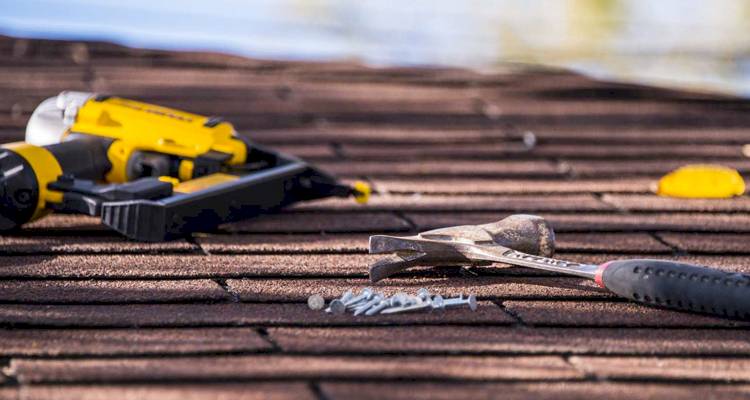
Branches can damage the materials on your roof, and debris from the trees can clog up your drainage system. To help prevent this, get your trees trimmed a few times a year as needed.
Clean Your Gutters
When your gutters become clogged, this can often lead to a leaky roof. You should make sure any debris and leaves are cleaned out of your roof gutters regularly.
Gutter cleaning involves removing dirt, debris and leaves from the roof gutter and the drainage pipe so that water can escape quickly and efficiently.
Questions to Ask When Hiring a Roof Repair Specialist
There are several things you may need to consider when finding the right contractor to repair the roof on your home for you.
Below is a list of common questions that you should ask when looking for a roof repair company for the job:
- Does the contractor have any qualifications that relate directly to roof repairs?
- What equipment will the contractor be using to complete the job? Will they be using the correct type of equipment? Do you need to provide any equipment?
- Does the contractor possess any form of insurance for the work? You should look for contractors who have insurance covering property damage, personal injuries, and a work guarantee.
- How much experience does the contractor have in roof repairs? Can they provide any testimonials or evidence of previous work? Can they provide photos of previous work?
- Does the contractor offer any guarantees with their work? How long does the guarantee last? What issues are covered under the guarantee? Will the contractor fix any issues that arise?
- How long will the work take to complete?
- How many contractors will be working on the job?
- Is there anything you need to do to prepare for the repair job?
FAQs
Can you repair a roof valley?
Then you will need to carefully fit new flashing over the valley connection and fix it into position using concrete or mechanical fixings. The type of connection needed will depend on your roof valley.
Should I repair or replace a conservatory roof?
In most cases, resealing your conservatory will only give you a few months before another leak starts, and you'll have to repair it again. It can often be more cost-effective to replace the roof rather than continue to spend money on small conservatory roof repairs.
If you are on a tight budget, you could opt for a cheap roof repair while you save up to get your roof replaced.


